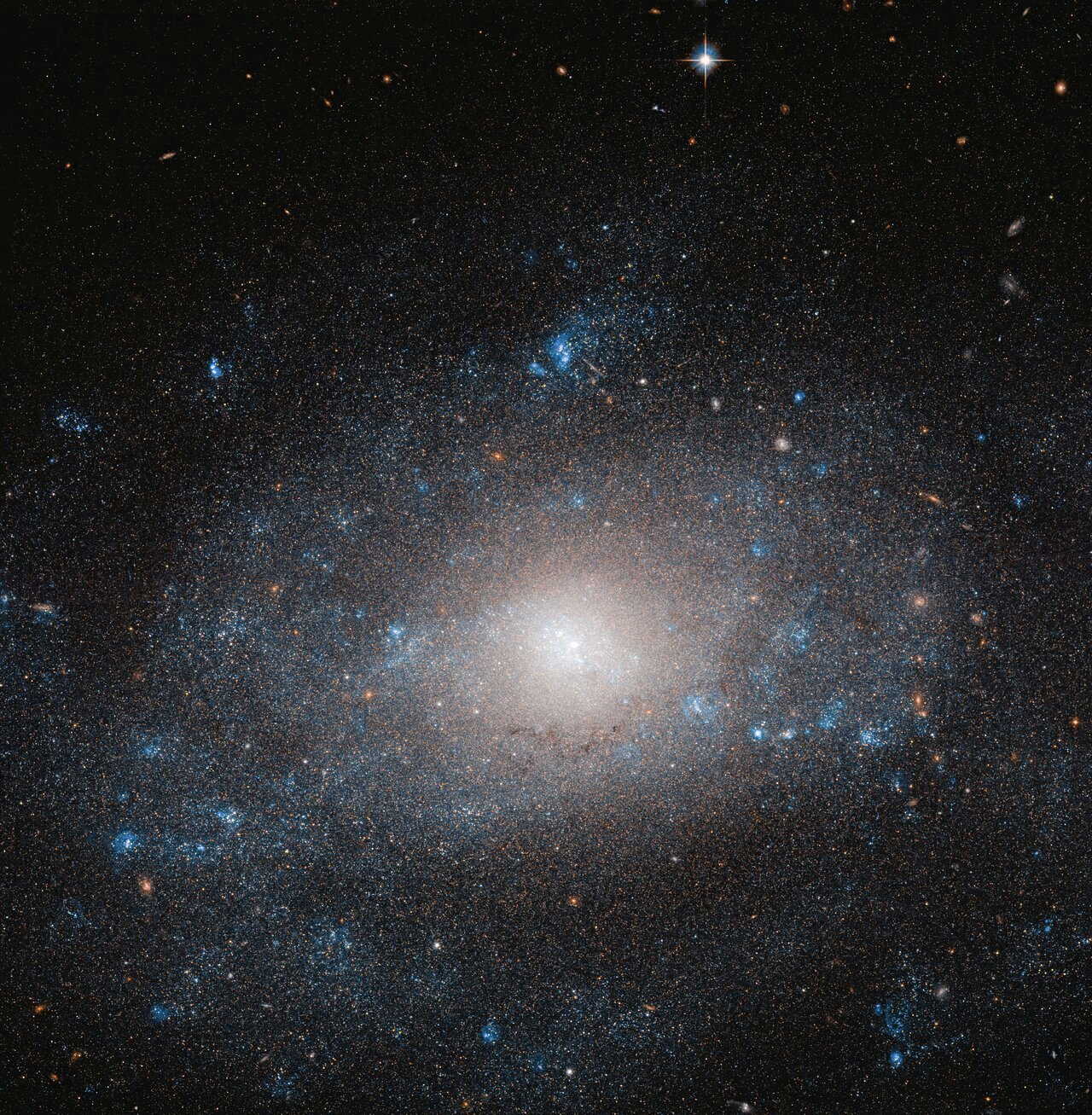
On July 1, the European Space Agency’s (ESA) Euclid spacecraft will launch on a mission to explore the very essence of the universe.
Euclid will spend six years learning the positions, shapes, and distances of more than a billion galaxies across more than one-third of the night sky. Euclid is more than a decade in the making. Its designers have calibrated the fresh spacecraft to map material strewn across space and time, providing an insight into the enigma of dark energy and dark matter.
Light has a finite speed. Photons from distant galaxies take longer to reach Euclid than the light from closer objects. Farther light is older light, revealing things as they once were. Euclid will take advantage of this. It will observe galaxies out to 10 billion light-years ago, and this, ESA officials say, will result in “the largest, most accurate 3D map of the universe.”
Space is littered with clues about how galaxies interact with each other, how they evolve, how they’ve grown apart, and how they stay together.
Euclid will siphon a plethora of light from space at a distant orbit around Earth. Mission data may aid cosmologists in their quest to better grasp the unseen universe and to derive a more precise measurement for the universe’s puzzling outward acceleration.

This phenomenon is a likely byproduct of the mysterious realms at the heart of Euclid’s mission. Dark matter binds galaxies and galaxy clusters together, while dark energy powers the universe’s speedy outward reach.
“Dark energy and dark matter reveal themselves by the very subtle changes they make to the appearance of objects in the visible universe,” Euclid project scientist René Johannes Laureijs said during an ESA Euclid press conference held on Friday. “Otherwise we don’t know about them. They must show somewhere.”
“And it’s very subtle, otherwise they would have been discovered earlier. Euclid wants to measure dark energy and dark matter with unprecedented high precision and accuracy,” he added.
What is cosmology?
The Euclid mission is linked to cosmology, a branch of astronomy that deals with understanding why space is the way it is, how it emerged, and where it’s headed.
At the moment, cosmologists predict that 95 percent of the universe is “something that is totally unknown to us,” ESA cosmologist Guadalupe Canas Herrera said on Friday. About 25 percent is thought to be dark matter, and 70 percent is dark energy.
Cosmology is heavy on theory. But Canas Herrera said that, at its heart, cosmology is an experimental science where observations are compared to theoretical models. Euclid’s data may prove existing predictions, or improve them, she added.
What is the Euclid mission?
Though dark matter cannot be seen, it distorts the appearances of galaxies through lensing. Dark energy is also observationally evasive, but Euclid’s 3D map will trace the progression of the night sky over grand timescales, and reveal the hand of dark energy.
In order to get a third of the sky survey in six years, Euclid is optimized to take images that are sharp, as well as larger than what other observatories like the Hubble Space Telescope could achieve in the same timescale, Laureijs said.
Euclid carries two scientific instruments onboard: The Visible Instrument (VIS) and the Near-infrared spectrometer and photometer (NISP). All in all, the mission will result in about one million images, 12 billion sources across 10 billion years, and the distribution of 1.5 billion galaxies, Yannick Mellier, leader of the Euclid Consortium of scientists, said on Friday.
The Euclid team expects to get the first data later this year. The data will be released publicly during three periods, Mellier added. The first two releases will happen in 2025 and 2027, with the final one in 2030.

What is dark energy and dark matter?
In 1998, a supernova observation first revealed to scientists that, instead of decelerating, the universe was actually expanding faster and faster.
This new observation was a puzzle. Astronomers had previously thought the expansion triggered by the Big Bang would slow down over time, as things we can see typically do. The existence of a force called dark energy could explain the acceleration. As NASA explains, dark energy is perhaps inherent to space itself, and since there is more space now than there was in the past, there might be more of this force around to make the universe expand faster.
Euclid could offer a new level of accuracy in the measurement, plus show if the acceleration varied throughout the history of the universe.
As Caltech explains, in the early 20th century, astronomers pinpointed the speeds at which certain galaxies were rotating. Mass and gravity are related entities, and by looking at the visible matter alone, the galaxies were spinning much too fast to remain intact. Something unseen was thought to be at play, preventing them from flying apart. The same is true for clusters, or groups of galaxies that somehow have extra hidden mass to stay bound together.
When will Euclid launch?
In order to help constrain the dynamics of how the universe behaves, Euclid must launch into a prime observational spot, located in space.
To get there, the 15-foot-tall spacecraft will launch from Cape Canaveral in Florida aboard a SpaceX Falcon 9 rocket no earlier than 11:11 a.m. Eastern on July 1. It will travel on a weeks-long journey to a gravitationally-stable perch about a million miles from Earth, called Lagrange point 2 or L2.
“Very important for Euclid is that the L2 orbit provides the best observing environment,” Laureijs said on Friday. “L2 also enables us to see the whole sky… it’s an ideal place for a mission like Euclid to have more than one-third of the sky viewed with extremely stable conditions.”
Around October, after setting up its systems and properly cooling down, Euclid will commence its investigations of the unseen universe.







